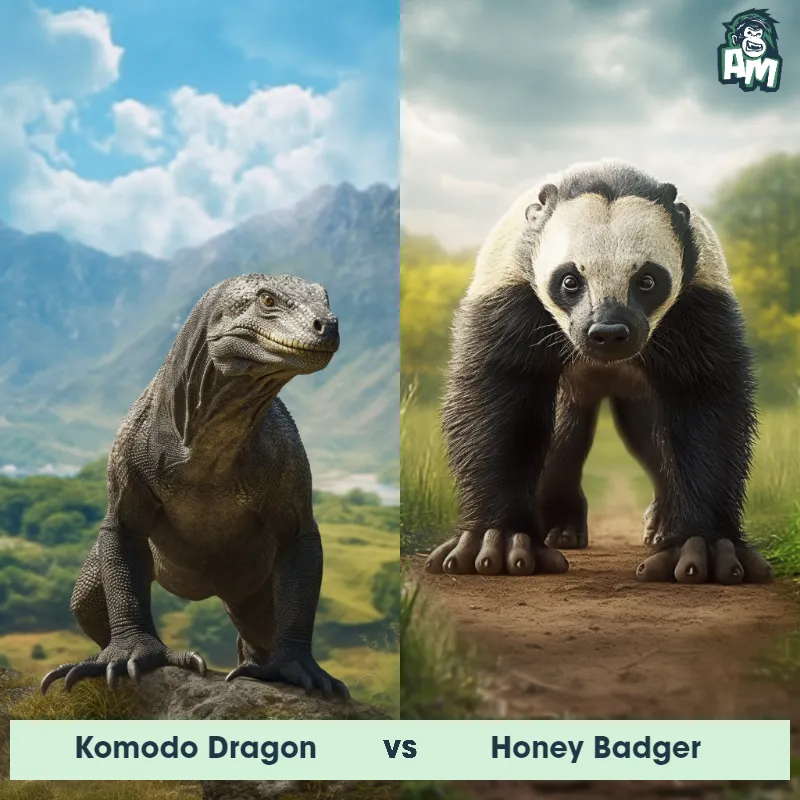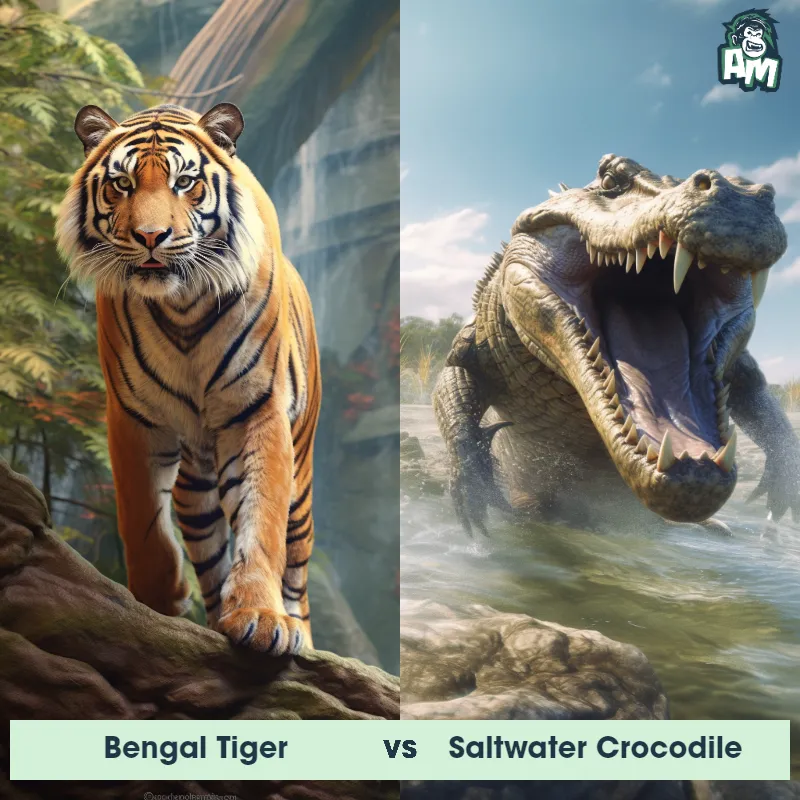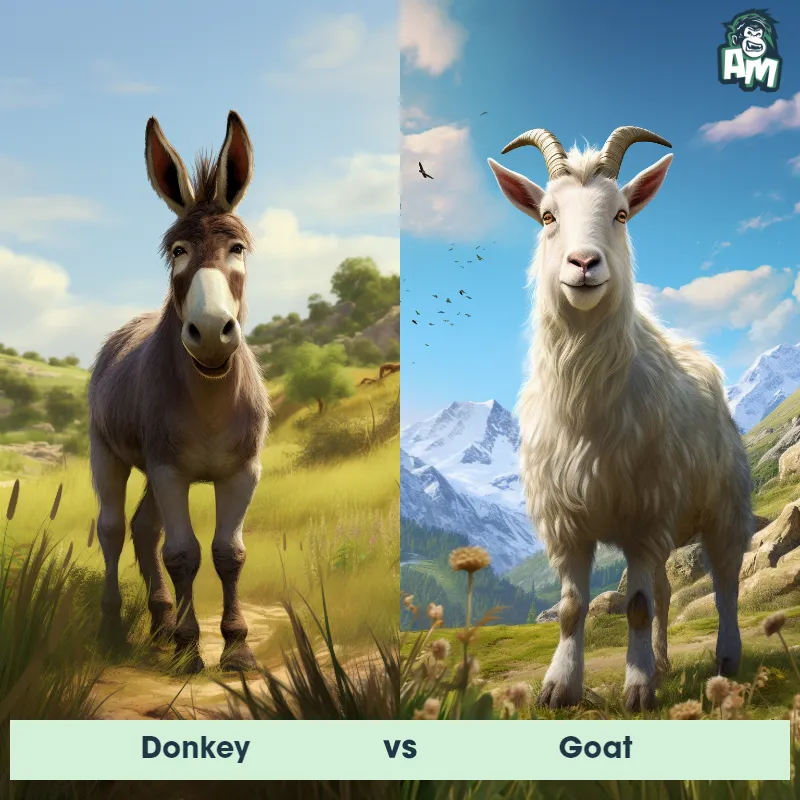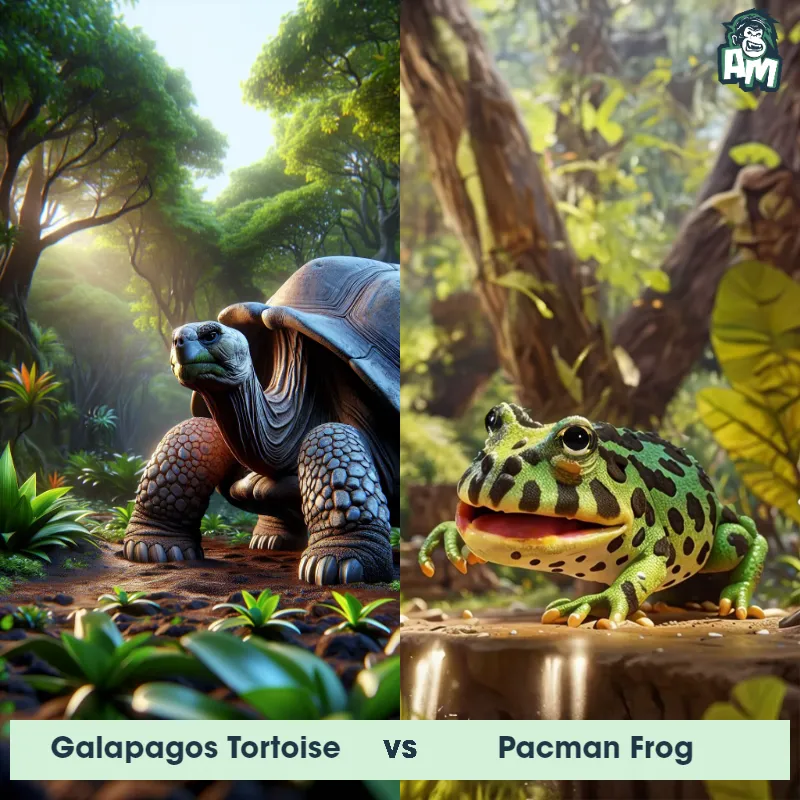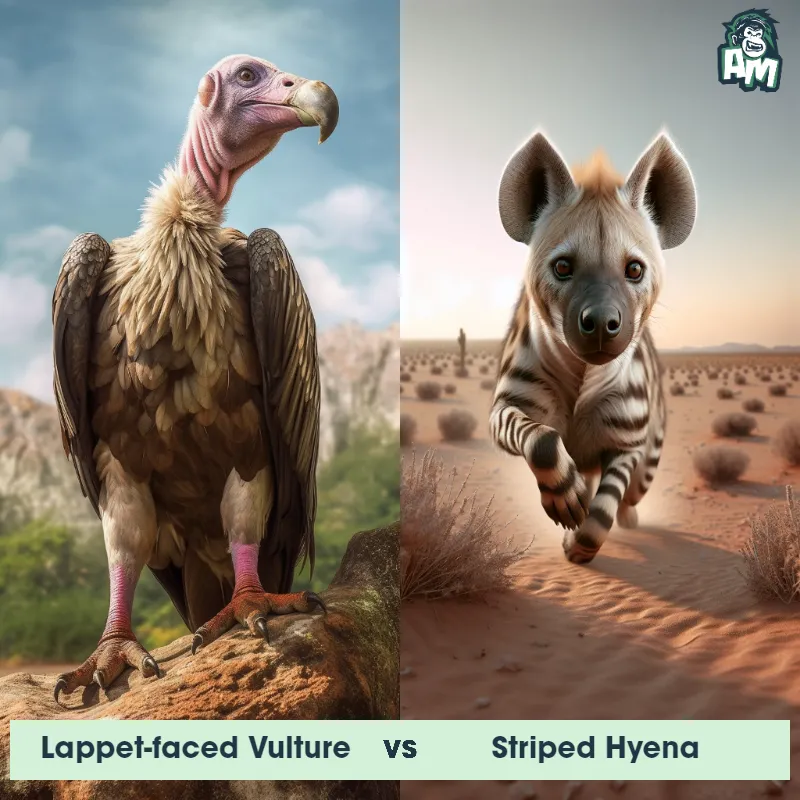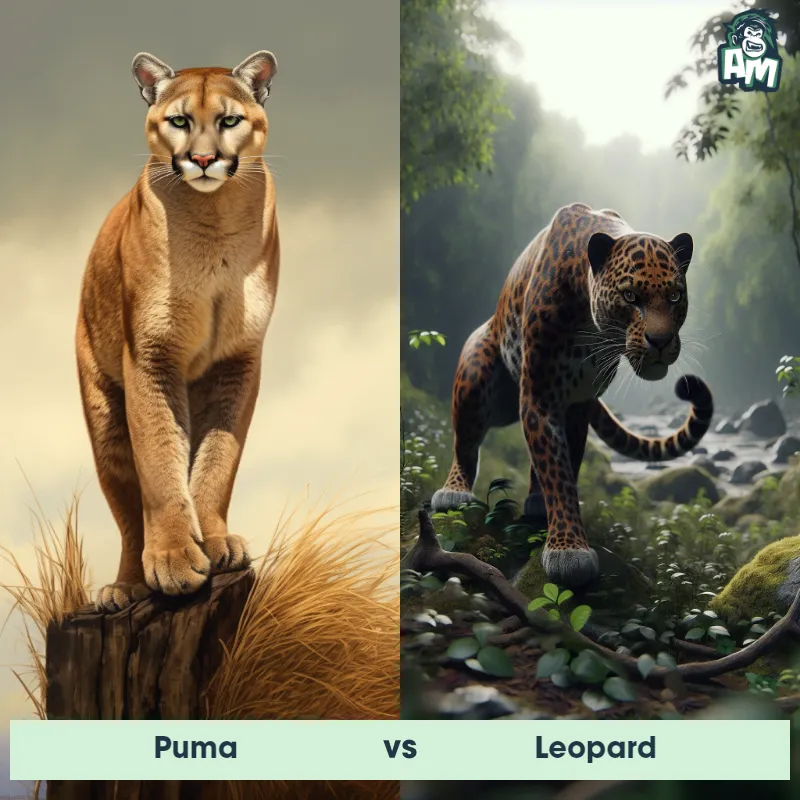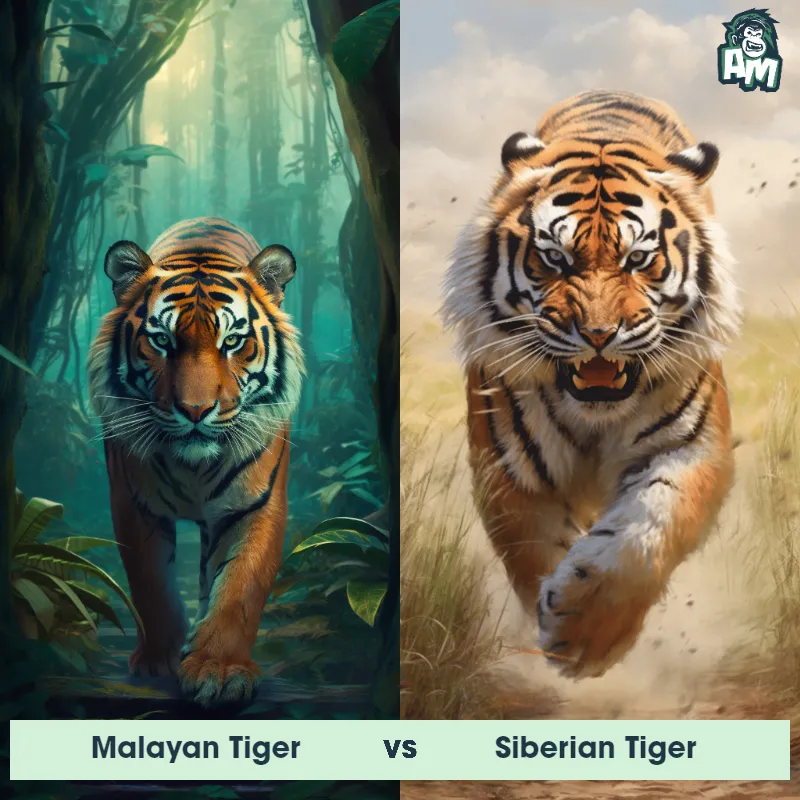Tiger vs LeopardSee Who Wins

Ladies and gentlemen, welcome to this thrilling matchup between two ferocious beasts in the wild! We have a Tiger pitted against a Leopard, and this is bound to be an epic battle of strength and agility. Both creatures are known for their cunning tactics and lethal attacks. Who will emerge victorious in this thrilling three-round fight? Let's dive into the action!
Contender 1: Tiger
The Tiger is a large and powerful big cat, known for its distinct orange coat patterned with black stripes, which are unique to each individual, much like a human fingerprint. Tigers have a muscular build, a heavy head with strong jaws, and a tail that is usually about half the length of their body. The largest species of the cat family, adult male tigers can reach up to 10 feet in length and weigh up to 660 pounds. Tigers are native to various parts of Asia and are adept swimmers, unlike most members of the cat family.
Fun Fact: Tigers are apex predators and primarily consume larger mammals for food, including deer and wild boar; a hungry tiger can eat as much as 60 pounds in one night.
Contender 2: Leopard
The Leopard is a large and powerful carnivorous mammal that is known for its distinctive coat pattern consisting of rosette-like spots. It has a slender body, muscular limbs, and a long tail, enabling it to be agile and swift. Leopards are primarily nocturnal creatures, preferring to hunt during the cover of darkness. They are highly adaptable and can thrive in a variety of habitats, ranging from dense forests to open grasslands. With exceptional climbing skills, they are capable of dragging their prey up trees to keep it safe from other predators.
Fun Fact: Leopards are incredibly strong and possess immense agility, as they are capable of leaping horizontally up to 6 meters and vertically up to 3 meters, allowing them to ambush their prey from above with precision.
Matchup Stats
| Tiger | Leopard | |
|---|---|---|
| Size | Up to 10 feet in length (3.05 meters) | 24-28 inches (60-71 cm) at the shoulder; 5-6 feet (1.5-1.8 meters) in length |
| Weight | Up to 660 pounds (300 kilograms) | 80-160 pounds (36-73 kilograms) |
| Speed | 35-40mph (56-64km/h) | 36-37mph (58-60km/h) |
| Key Strength | Strong jaws and muscular build | Powerful jaw and sharp claws |
| Biggest Weakness | Limited endurance for long chases | Less endurance compared to some other big cats |
Current Votes
Tiger vs Leopard
See Who Wins
View More Matches
Looking For More?
Similar Matches
Scientific Stats
| Tiger | Leopard | |
|---|---|---|
| Scientific Name | Panthera tigris | Panthera pardus |
| Family | Felidae | Felidae |
| Habitat | Forests, grasslands, and swamps | Variety of habitats including forests, grasslands, and mountains |
| Geography | Asia | Africa, parts of Asia |
| Diet | Carnivorous, primarily deer and wild boar | Carnivorous, preys on various animals including ungulates, small mammals, birds, and reptiles |
| Lifespan | 15 years - 26 years | 12 years - 17 years |
Key Differences between Tiger and Leopard
- Geographical Distribution: Tigers are restricted to specific regions of Asia, such as India, Indonesia, Russia, and China, whereas leopards have a wider distribution that includes Africa, the Middle East, and parts of Asia.
- Size: Tigers are generally larger than leopards, with adult male tigers weighing between 400-700 pounds while leopards usually weigh between 70-150 pounds.
- Tail Length: Tigers have relatively shorter tails compared to their body size, with an average length of 3-4 feet, whereas leopards have longer, more slender tails measuring around 3-4.5 feet.
- Color and Pattern: Tigers have a distinctive orange coat with black stripes, whereas leopards have a more variable coat coloration ranging from pale yellow to brown, with rosettes (rose-shaped spots) covering their entire body.
- Habitat: Tigers are primarily found in dense forests and grasslands, inhabiting parts of Asia, while leopards have a broader geographical range and can be found in various habitats, including forests, mountains, deserts, and even urban areas.
- Head Shape: Tigers possess a robust and rounded head shape, with a wide and powerful face, while leopards have a sleeker head shape with a smaller, more elongated face.



